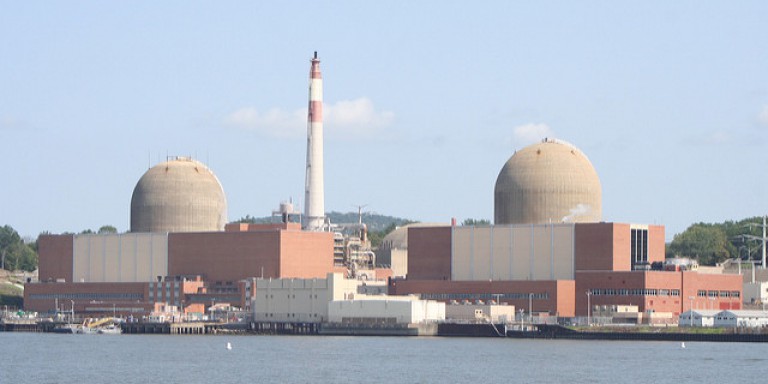Aging Nuclear Reactors Present Safety Issues
Posted August 31, 2016 by David Schumann | A Nuclear World

One of the big issues with nuclear reactors, especially in the United States, is that they get older and more prone to suffer issues, like corroded pipes, cracked pressure vessels, electrical issues, structurally damaged bolts and steels, and more. In engineering, there is a concept called the ‘bathtub’ effect or curve that describes the risk of failure as time goes on. It is called the ‘bathtub’ curve because the profile looks like a bathtub from the side, with steep slope on the edge of the tube and a long-flat curve at the bottom of the tub.

What it means is there are three distinct periods to be considered in regards to failure rates: early failures, random failures, and wear-out failures. As the new system is built and launched, there are higher rates of failures as the new equipment and systems are being tested and bugs are worked out. Once successful, the failure risk drops off quickly to the flat of the tub where the failure rate is random and low. But as the system ages and key components become more worn and used, the failure rate creeps back up again (the back of the tub).
Very simply, the longer the nuclear reactor operates, the more likely these issues of wear, tear, negligence, or inadequate maintenance will cause a failure in some critical system. As the Nature journal reports recently in their article on aging nuclear power plants:
In March, ultrasonic tests identified signs of wear and tear in some of the stainless-steel bolts in the reactor core of the Indian Point power plant just north of New York City.
Indian Point power plant has already suffered many issues as this website has reported on, the latest being leaking radiation from corroded pipes:
Indian Point Nuclear Plant Leak – Tritium – New York
Radiation Leaking Power Plants in US – Tritium, Indian Point, and Turkey Point
Extending the life of ailing nuclear power plants is opposed by many, but as the article states:
“the problem may be most acute for the United States, whose fleet of 99 reactors is the oldest and largest.
The NRC has renewed the licences of 81 US reactors still in operation for another 20 years. And it presented safety guidelines in December for utilities considering renewing their licences for another 20 years. But concerns remain about the effects of time on facilities that could be in operation for 80 years”
These power plants are great threats because any failures also puts the entire spent-fuel waste at risk, which is all stored on site in temporary, unsafe, and increasingly crowded conditions with no long-term repository to put them.
To make matters worse, companies operating nuclear power plants have concerns about the profit bottom line and may be understating the level of risk inherent in the older generation plants.
Former NRC chair Allison Macfarlane says that the industry has been struggling economically in the face of cheap natural gas, and that many nuclear power companies are investing the bare minimum when it comes to maintenance and upgrades.
There are many concerns, especially in places that are hard to reach with these aging reactors.
Of particular concern are the concrete containment structures and steel pressure vessels at the heart of reactors, as well as the kilometres of wires that snake through the plants. Researchers are now analysing the long-term effects of intense heat and neutron bombardment on a plant’s crucial materials down to the atomic level.
As the nuclear reactor fleets age, the risk of failure rises, especially in economically challenging times with low oil and gas prices competing with nuclear energy. As the article concludes:
If the licences for current US plants are renewed for a second time, the facilities will live to be 80 years old, with nearly 100-year-old designs…
No doubt we should be concerned. Failure rates increase simply because of the technology and the unique stresses the neutron bombardment places on materials, but the risk of natural disasters rises too.
Source
http://www.nature.com/news/nuclear-power-plants-prepare-for-old-age-1.20499
Comments ( 0 )